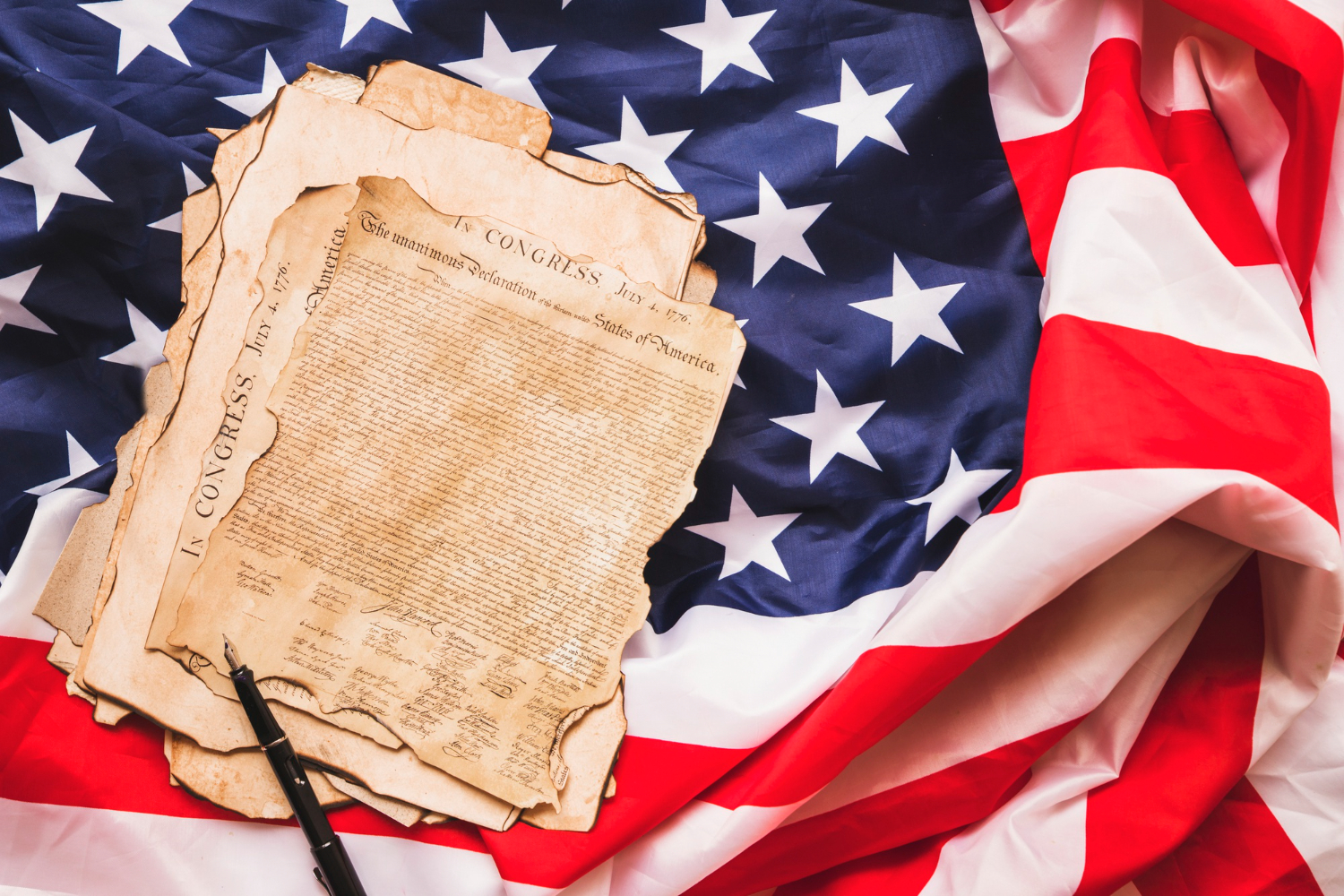
Rulemaking is the process through which federal agencies establish regulations to implement laws passed by Congress. It is a crucial function of the federal government that helps to protect public health and safety, promote environmental and economic sustainability, and ensure fair competition in the marketplace. The rulemaking process involves a range of stakeholders, including government officials, industry representatives, public interest groups, and concerned citizens. In this article, we will explore the process of rulemaking for federal agencies, its importance, and the challenges it faces.
What is Rulemaking?
Rulemaking is the process through which federal agencies develop and issue regulations that interpret and implement laws enacted by Congress. Regulations are administrative laws that have the force and effect of law and are binding on the agencies that issue them, as well as on the regulated entities and individuals. The process of rulemaking is governed by the Administrative Procedure Act (APA), which sets forth the procedures that agencies must follow to promulgate rules. These procedures include notice-and-comment rulemaking, which requires agencies to provide the public with notice of proposed rules and an opportunity to comment on them before they are finalized.
Why is Rulemaking Important?
Rulemaking is an essential function of the federal government that helps to protect public health and safety, promote environmental and economic sustainability, and ensure fair competition in the marketplace. Regulations provide the rules of the road for businesses and individuals, giving them guidance on how to comply with the law and avoid penalties. They also help to level the playing field, ensuring that all market participants abide by the same rules and regulations. This promotes fair competition and helps to prevent monopolies or other anti-competitive practices.
Rulemaking is also critical for protecting public health and safety. Regulations can establish safety standards for products and processes, limit the exposure of individuals to hazardous substances, and require that companies provide warnings about potential dangers. By establishing rules that ensure the safety and well-being of individuals, federal agencies can help to prevent accidents, injuries, and deaths.
In addition to promoting safety and fairness, regulations can also help to promote environmental and economic sustainability. For example, regulations can set energy efficiency standards that reduce the use of fossil fuels and promote the use of renewable energy sources. They can also establish emissions standards that help to reduce air and water pollution, protect natural resources, and promote public health. By promoting sustainability, regulations can help to ensure a healthy environment for future generations and promote long-term economic growth.

The Process of Rulemaking
The rulemaking process begins when a federal agency determines that a regulation is necessary to implement a law enacted by Congress. The agency must follow specific procedures outlined in the APA, including providing notice of proposed rules in the Federal Register, allowing for public comment, and issuing a final rule. The process typically involves the following steps:
- Notice of Proposed Rulemaking: The agency publishes a notice of proposed rulemaking in the Federal Register, which provides a detailed explanation of the proposed rule, its purpose, and its potential impact. The notice also includes instructions for how to submit comments and participate in public hearings.
- Public Comment Period: The agency must allow for a public comment period, during which interested parties can submit comments on the proposed rule. The agency must consider all comments received during the comment period and may modify the proposed rule in response to those comments.
- Final Rule: Once the agency has considered all comments received during the public comment period, it issues a final rule, which reflects any changes made in response to public comments. The final rule has the force and effect of law and is binding on the agency, as well as on the regulated entities and individuals.

